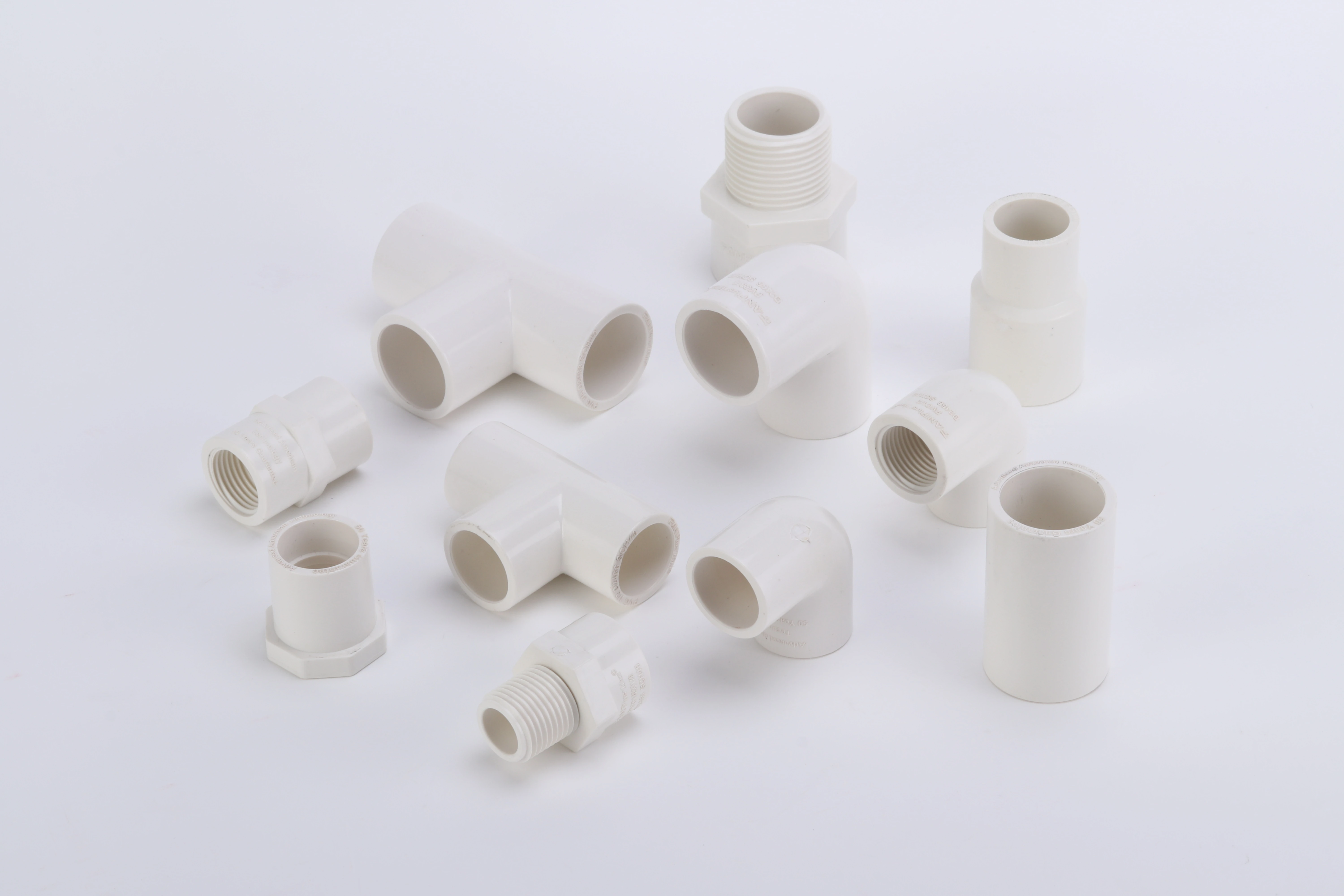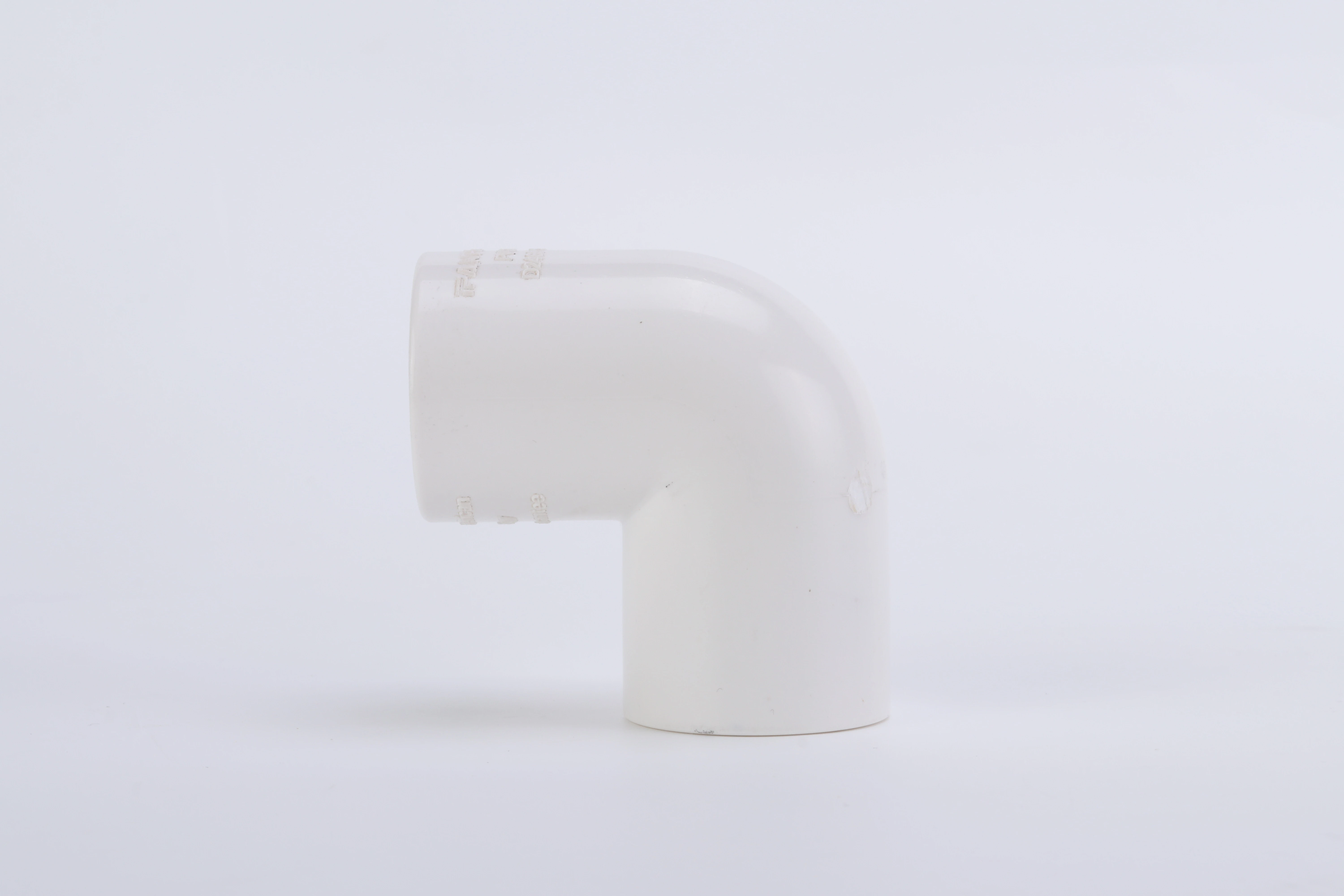While inspecting a residential plumbing system installed five years ago with budget PVC pipes, I discovered significant deterioration in the hot water lines. The homeowner had chosen the lowest-cost option without understanding temperature limitations, resulting in premature failure and expensive repairs. This experience taught me that understanding PVC’s capabilities is crucial for successful daily applications.
Quality low-cost PVC pipes reliably handle daily residential and commercial use when selected according to their pressure and temperature ratings. However, proper application matching is essential – while Schedule 40 PVC performs excellently for cold water drainage and low-pressure applications, it requires careful consideration for hot water or continuous pressure service to ensure long-term reliability.
Understanding PVC’s limitations and strengths helps maximize value while avoiding premature failures. Through proper selection, installation, and maintenance, even economical PVC pipes can provide decades of reliable service in appropriate applications.
What Pressure and Temperature Limits Define PVC Pipe Daily Usage?
A municipal water project initially specified thin-wall PVC to reduce costs, but pressure testing revealed multiple failures at just 80% of the rated pressure. After switching to Schedule 40 PVC with proper pressure ratings, the system has operated flawlessly for eight years, demonstrating how correct specification ensures reliability.
PVC pressure ratings decrease as temperature increases: Schedule 40 PVC maintains 150 PSI at 73°F but drops to 75 PSI at 140°F. Maximum continuous service temperature typically reaches 140°F, with brief spikes to 150°F acceptable. These limitations make PVC ideal for cold water applications but require careful consideration for hot water systems.

Temperature-Pressure Relationship
The inverse relationship between temperature and pressure capacity dictates PVC’s suitable applications. At room temperature (73°F), Schedule 40 PVC maintains excellent pressure capacity, with 150 PSI working pressure and 480 PSI burst pressure. However, as temperature increases to 100°F, working pressure drops to 120 PSI, and at 140°F, it decreases significantly to just 75 PSI.
This temperature sensitivity means PVC performs best in environments with stable, moderate temperatures. For instance, underground water lines typically maintain consistent cool temperatures, making them ideal applications. Conversely, attic installations or exposed outdoor pipes in hot climates may approach temperature limits during peak conditions.
Application-Specific Limitations
Different daily use scenarios present unique challenges:
Residential Water Systems
Cold water supply typically operates at 40-70 PSI and 40-70°F, well within PVC’s capabilities. However, water heater discharge can reach 120-140°F, requiring careful pipe selection and potentially alternative materials for the first few feet from the heater.
Drainage and Waste Systems
These applications involve minimal pressure but may encounter temperatures up to 140°F from dishwasher and washing machine discharge. While brief exposures are acceptable, continuous high-temperature drainage requires evaluation.
Irrigation Systems
Most irrigation operates at 30-50 PSI with temperature variations from 40-100°F. Standard PVC handles these conditions well, though UV protection becomes necessary for exposed piping.
How Does PVC Resistance to Chemicals and Corrosion Benefit Daily Applications?
A chemical processing plant switched from stainless steel to PVC for specific waste lines after discovering that acidic effluents were corroding metal pipes within two years. The PVC installation has operated without issues for over a decade, demonstrating superior chemical resistance in this application.
PVC’s non-metallic composition provides complete immunity to galvanic and electrolytic corrosion, while its chemical inertness resists attack from acids, bases, and salts that rapidly degrade metal pipes. This corrosion resistance eliminates rust contamination in water systems and prevents deterioration from aggressive soils and chemicals in industrial applications.
Corrosion Resistance Mechanisms
PVC’s polymer structure creates inherent corrosion resistance. Unlike iron pipes that rust or copper pipes that experience pitting corrosion, PVC maintains its structural integrity when exposed to moisture and corrosive environments. This makes it ideal for underground applications where soil chemistry varies significantly.
The material’s non-conductive nature prevents electrochemical reactions that destroy metal pipes. In areas with stray electrical currents or dissimilar metal connections, PVC remains unaffected where metals would experience accelerated corrosion. This property significantly extends service life in complex piping systems.
Chemical Resistance Profile
PVC handles a wide range of chemical exposures:
Household Chemicals
PVC safely conveys bleach, detergents, drain cleaners, and other common household chemicals that would damage many metal pipes. This broad compatibility makes it suitable for entire household drainage systems without concern about chemical damage from normal use.
Industrial Applications
In commercial settings, PVC resists many industrial chemicals including:
- Diluted acids and bases
- Salt solutions
- Alcohols and alkalis
- Oxidizing materials
However, PVC is not suitable for aromatic hydrocarbons, ketones, or chlorinated solvents, which can soften or dissolve the material.
What Common Issues Affect Low-Cost PVC Pipes Under Continuous Use Conditions?
A apartment complex experienced multiple PVC failures that initially appeared to be material defects. Investigation revealed that water hammer from quick-closing valves created pressure spikes exceeding 200 PSI, causing joints to fail. Installing water hammer arrestors resolved the issues, demonstrating how installation conditions often cause perceived material failures.
The most frequent issues with low-cost PVC pipes include UV degradation from sunlight exposure, brittle failure from impact damage, joint failures from improper installation, and deformation from sustained over-temperature operation. These problems typically result from application errors rather than material deficiencies.
Material-Specific Failure Modes
Understanding PVC’s vulnerabilities helps prevent common problems:
UV Degradation
Unprotected PVC exposed to direct sunlight experiences photodegradation that embrittles the material over 1-3 years. The surface becomes chalky, and impact resistance decreases significantly. This problem affects outdoor above-ground installations without proper UV-stabilized formulations or protective coatings.
Impact Brittleness
Unlike metals that dent under impact, PVC can crack or shatter when struck forcefully, especially at lower temperatures. This vulnerability makes proper support and protection crucial in areas subject to physical contact or potential impact.
Thermal Expansion Issues
PVC expands approximately 3-5 times more than metals per degree of temperature change. Without proper expansion provisions, thermal cycling creates stress that can lead to joint failures or pipe bowing in constrained installations.
Installation-Related Problems
Many PVC failures originate from installation practices:
| Installation Error | Consequence | Prevention Method |
|---|---|---|
| Improper solvent welding | Joint leaks | Proper cleaning, priming, and application |
| Inadequate support | Sagging and stress | Follow spacing guidelines |
| No expansion provisions | Joint stress | Use expansion joints and loops |
| Over-tightening | Cracked fittings | Hand-tighten plus 1-2 turns |
How Can You Verify PVC Pipe Quality Meets Your Daily Usage Requirements?
A school construction project nearly installed substandard PVC pipes from an unverified supplier. Our quality verification process identified dimensional inaccuracies and inconsistent wall thickness that would have caused early failures. Sourcing from a certified manufacturer prevented what could have been a costly mistake.
Verify PVC pipe quality through certification checking, dimensional verification, material testing, and supplier validation. Look for NSF, ASTM, and UL certifications specific to your application, measure critical dimensions against specifications, and request material test reports from manufacturers to ensure performance meets daily use requirements.
Certification and Standard Compliance
Quality verification begins with documentation review:
Potable Water Applications
For drinking water systems, NSF/ANSI 61 certification is essential. This verification ensures the material won’t leach harmful substances into water. Additionally, check for compliance with ASTM D1785 for pipe dimensions and material properties.
Pressure Applications
Pipes for pressurized systems should meet ASTM D2241 specifications, which define pressure ratings and testing requirements. These standards ensure the pipe can handle designated working pressures with appropriate safety margins.
Electrical Conduit
PVC electrical conduit requires UL listing to verify fire resistance and physical protection capabilities. Different UL categories apply based on application location and specific requirements.
Physical Quality Assessment
Beyond paperwork, physical verification catches many quality issues:
Dimensional Accuracy
Measure outside diameter, wall thickness, and roundness using calipers. Compare against manufacturer specifications – significant variations indicate production quality issues. Check multiple points along the pipe length and around the circumference to identify inconsistencies.
Material Appearance
High-quality PVC has consistent color throughout the wall thickness, smooth interior and exterior surfaces, and no visible contaminants or bubbles. Brittle material, discoloration, or rough surfaces suggest formulation problems or regrind overuse.
Performance Testing
For critical applications, conduct simple field tests:
- Cut sample rings to check wall thickness consistency
- Perform crush resistance tests on short sections
- Check solvent weld adhesion on sample joints
- Verify temperature resistance through heat testing
Supplier Qualification Process
Reliable suppliers provide consistent quality:
Manufacturer Reputation
Choose established manufacturers with documented quality systems. Request evidence of ISO 9001 certification and regular third-party quality audits. Avoid suppliers unable to provide traceability to manufacturing batches.
Sample Testing
Before large purchases, test samples under simulated service conditions. Pressure test sample assemblies to failure to verify actual versus rated performance. Expose samples to anticipated temperature cycles and chemical exposures.
Documentation Review
Comprehensive documentation typically includes:
- Material certifications with batch traceability
- Independent test laboratory reports
- Manufacturing quality control records
- Compliance certificates for relevant standards
Conclusion
Low-cost PVC pipes reliably handle daily use when properly selected for specific pressure, temperature, and chemical exposure conditions. Through careful quality verification, correct installation, and appropriate application matching, economical PVC systems can deliver decades of trouble-free service while providing significant cost advantages over alternative materials.













Commentaires récents